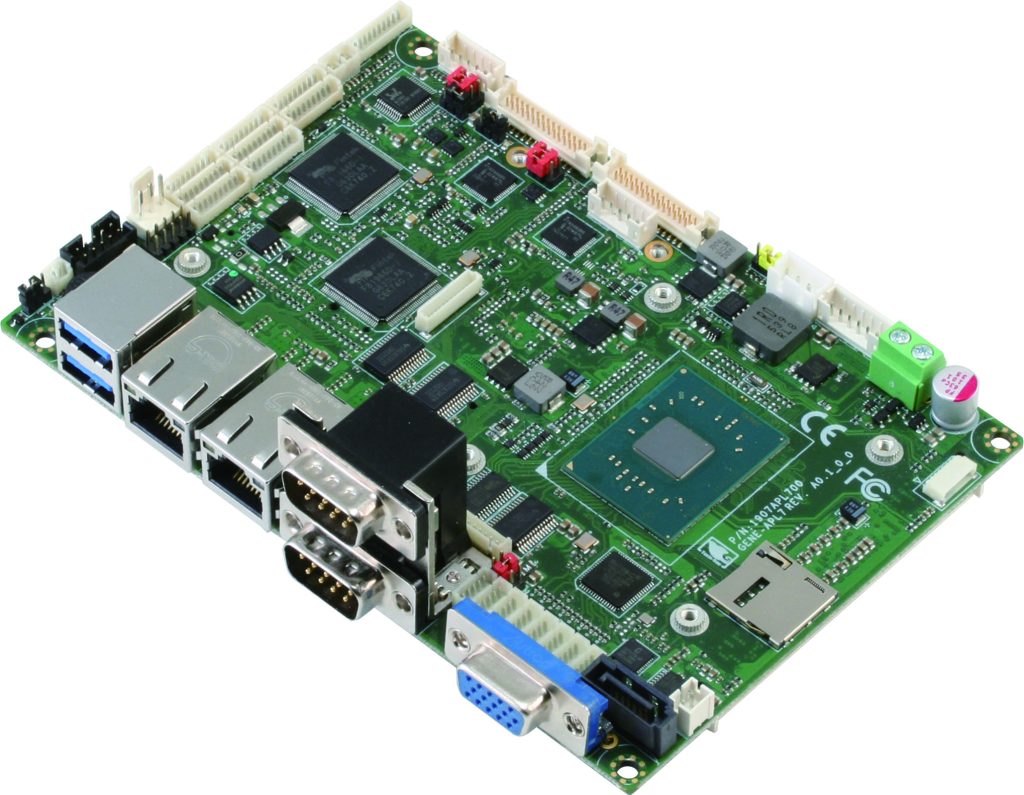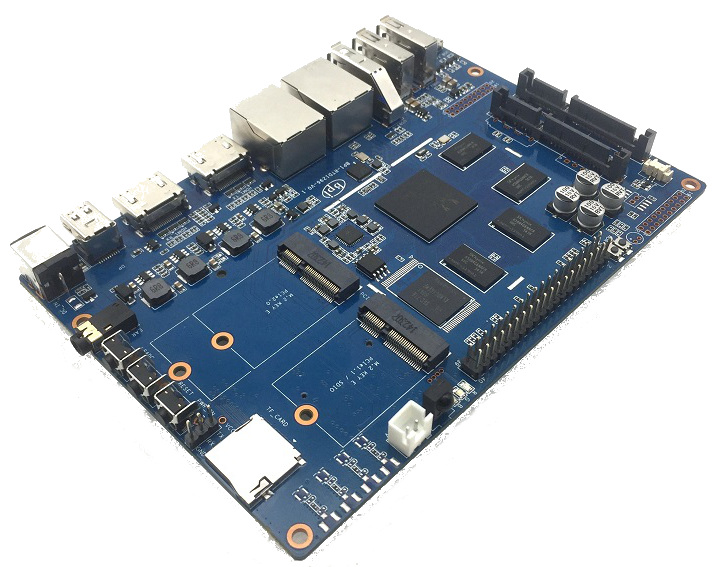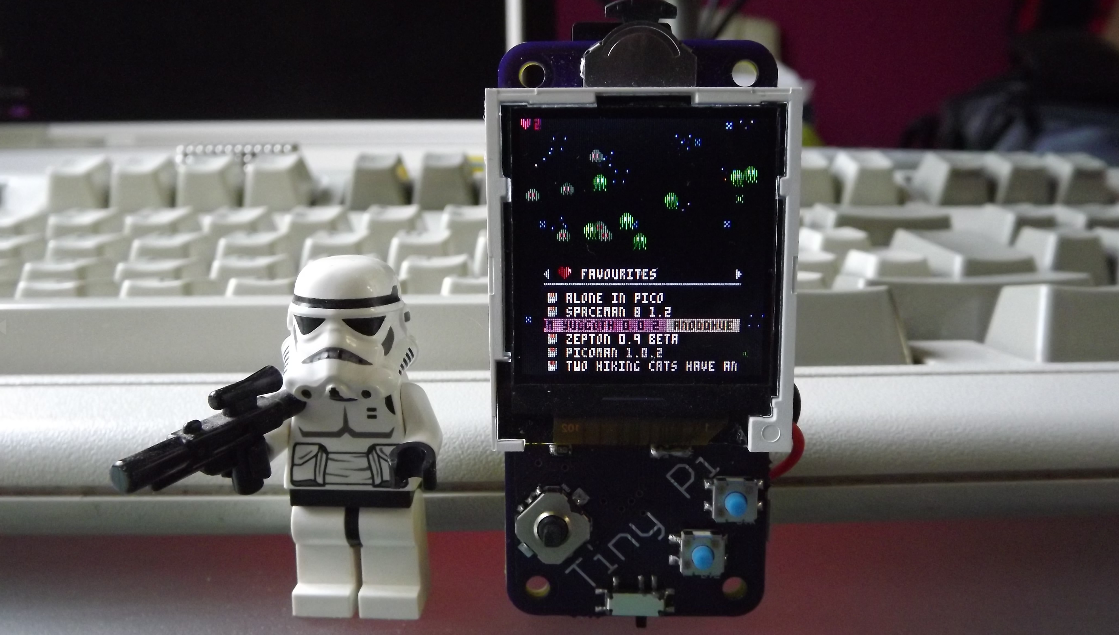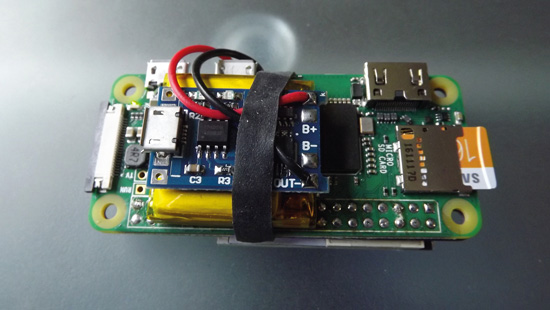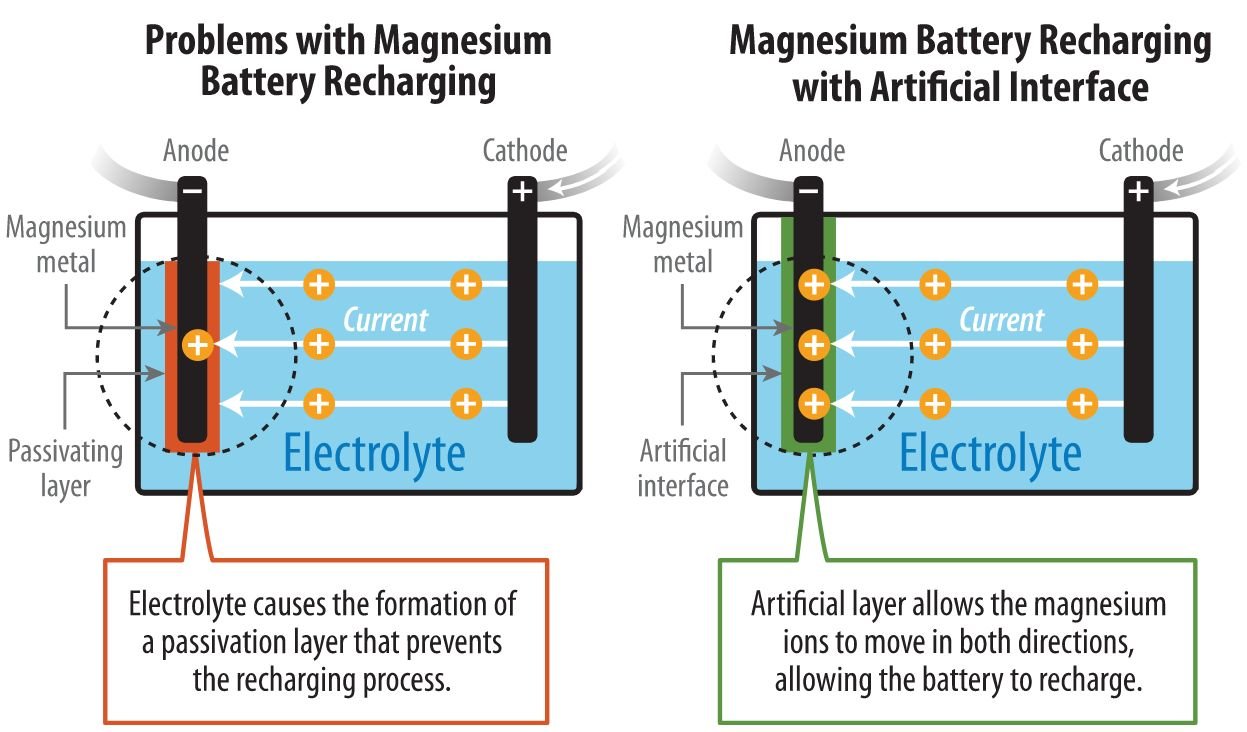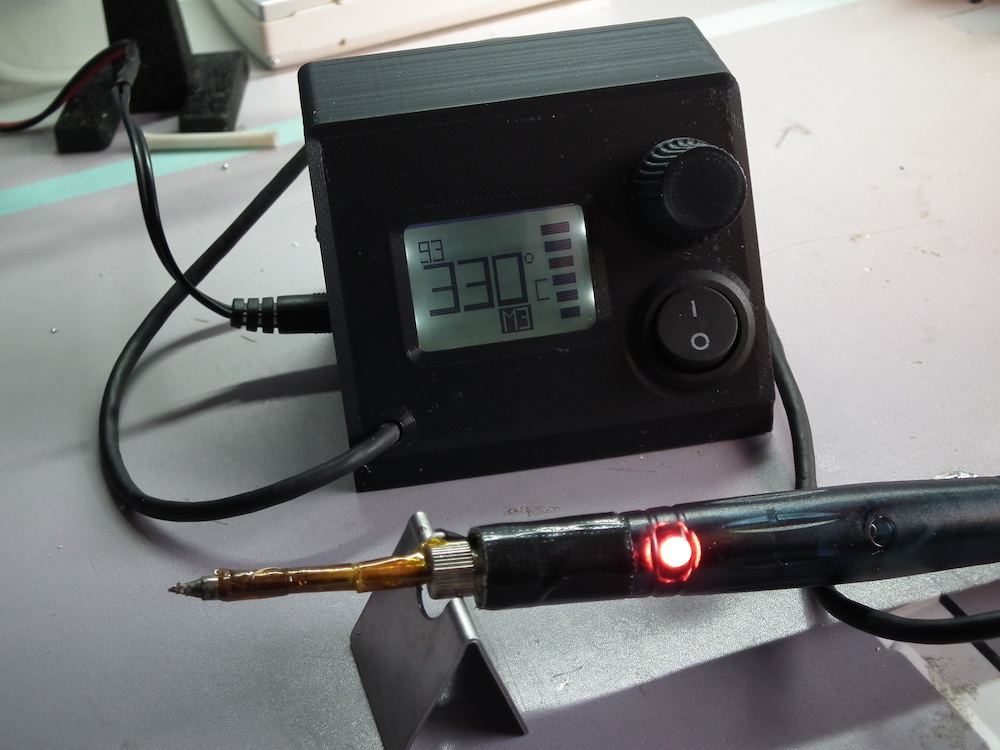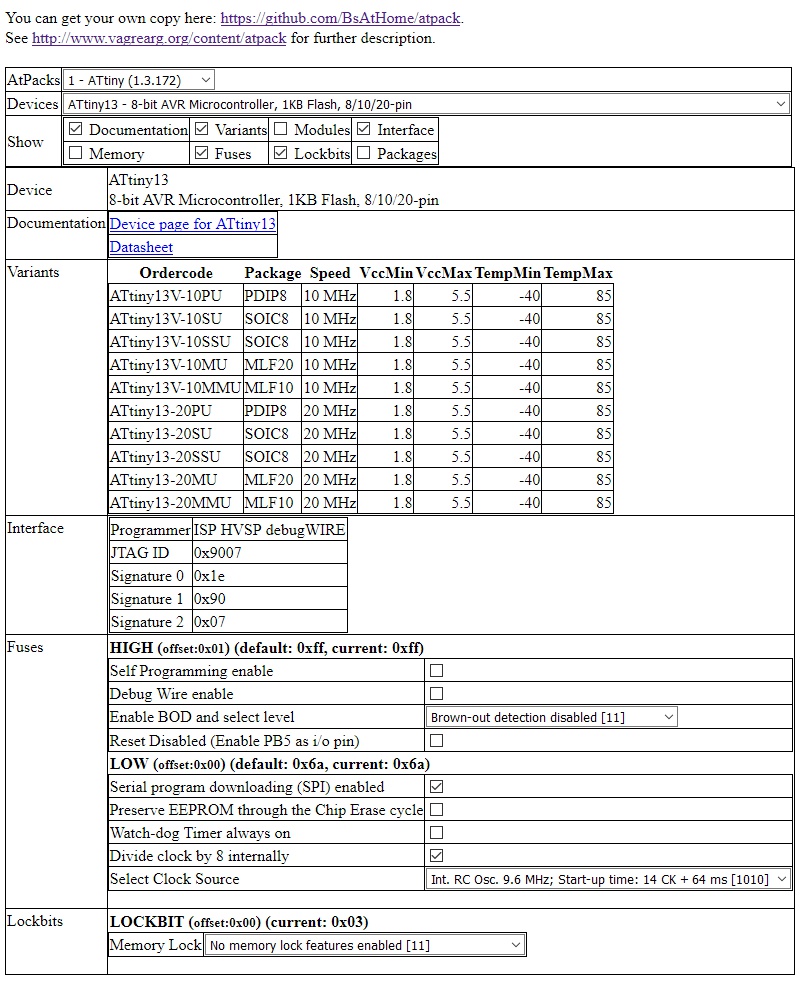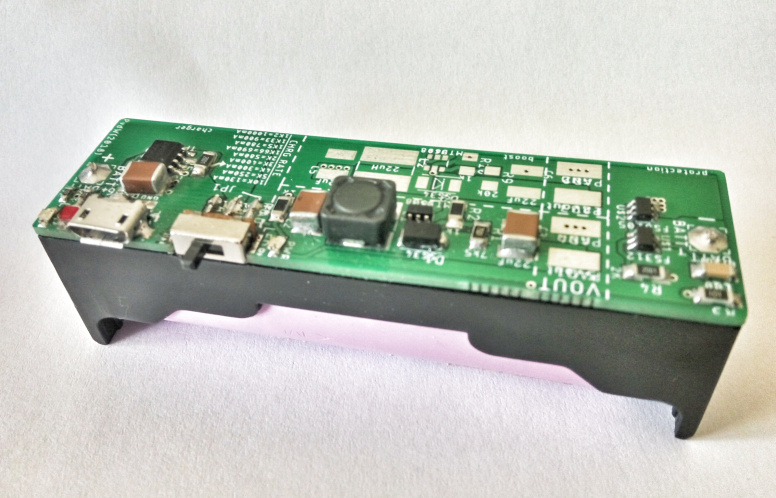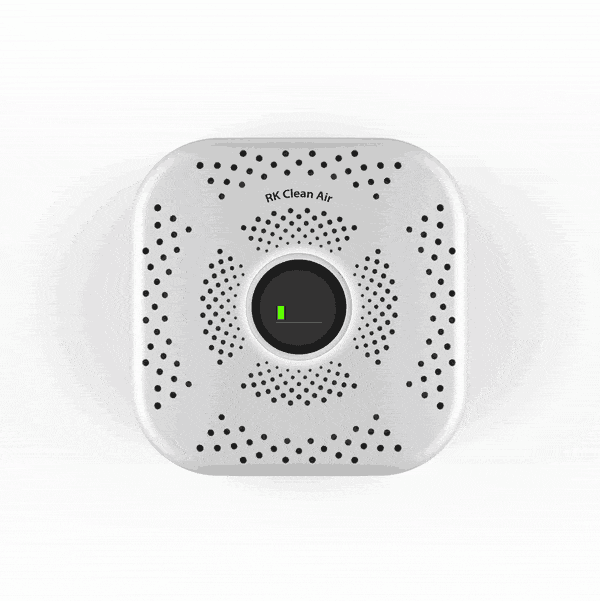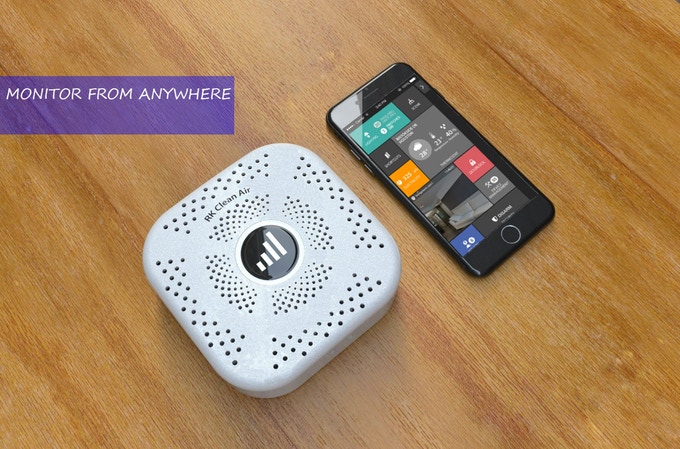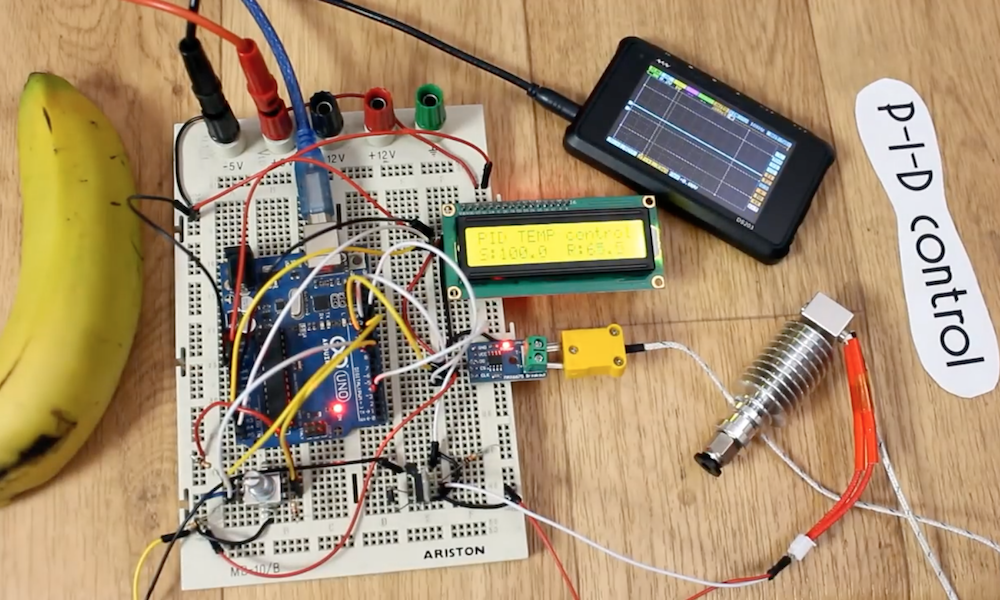(Taipei, Taiwan – April 19, 2018) – AAEON, a leading developer of advanced industrial computing platforms, announces the launch of the GENE-APL7, a subcompact motherboard with an extensive I/O interface for use in the retail and fintech sectors.
The feature-rich GENE-APL7 features support for an enviable 10 USB ports and up to 12 COM ports. The single board computer also boasts one VGA and two LVDS connectors, and customers can change this configuration to incorporate eDP technology. MiniCard and mSATA expansion slots, an 8-bit DIO, and a speaker amplifier are also built into the board. Despite offering such a comprehensive list of features, the GENE-APL7 remains an extremely cost-effective solution.
The board is powered by an Intel® Pentium® N4200 or Celeron® N3350 Processor and has up to 8GB DDR3L memory. Thanks to the low power consumption properties of its CPU and the motherboard’s innovative design layout, the GENE-APL7 is a slim, fanless solution that can be used in applications with severe space constraints.
“With the GENE-APL7, we’ve focused on giving users what they need and removing any unnecessary features,” said Julie Huang, AAEON embedded computing division product manager. “The result is a subcompact board that’s powerful, expandable, competitively priced, and perfect for the target retail and fintech markets.”
Features
- Intel® Pentium® N4200/ Celeron® N3350 Processor SoC
- DDR3L 1866 MHz SODIMM x 1, up to 8 GB
- VGA/LVDS1/LVDS2 (LVDS1 Co-design with eDP, VGA with Internal and Rear Design)
- SATA 6.0 Gb/s x 1, GPIO x 8
- USB 3.0 x 2, USB 2.0 x 8, COM up to 12 ports (COM2-5 with 5V/12V/ RI Design)
- mSATA x 1 (Full size), Mini Card x 1 (Full size) with uIM
- DC 12V Only, AT/ATX Mode
- Optional: SPK Amplifier, I2S Design



